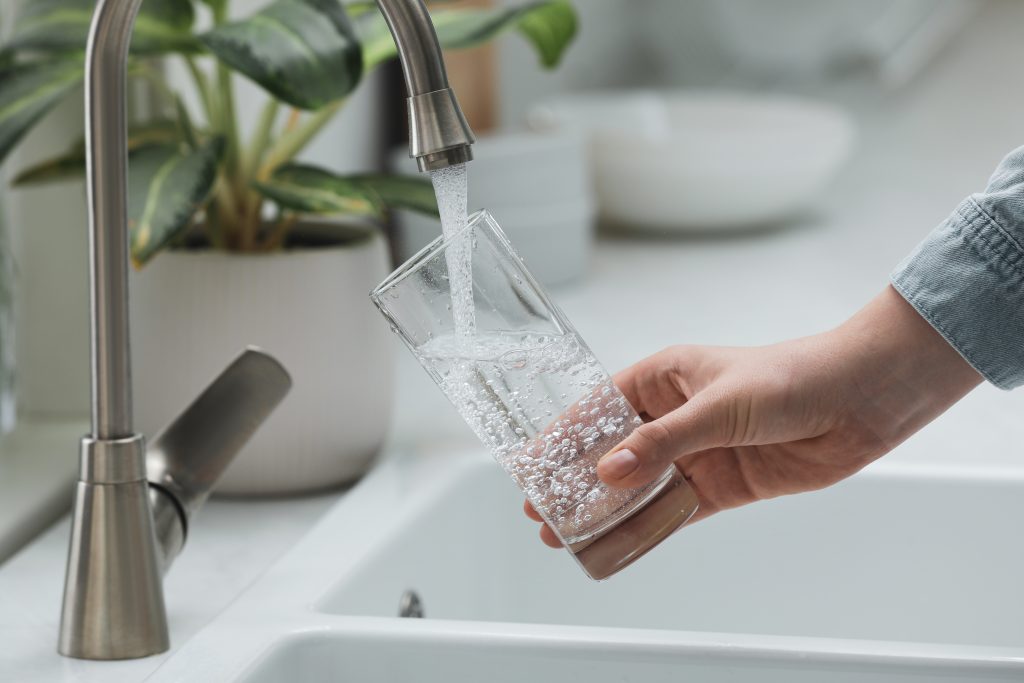Understanding the EPA’s Lead and Copper Rule Revisions: Steps Towards Safer Drinking Water
The Environmental Protection Agency (EPA) recognized the health risks threatened by lead pipes and published the Lead and Copper Rule in 1991. The rule required systems to sample drinking water at high-risk taps to minimize lead exposure and established a treatment technique to reduce corrosion within the distribution system. The requirement resulted in identification and a reduction in risk of exposure to high levels of copper and lead from corrosive plumbing materials.
Fast forward to December 2021 and the EPA unveiled a significant update: the Lead and Copper Rule Revisions (LCRR). This comprehensive overhaul addressed critical shortcomings of the original rule, tightening regulations and introducing innovative measures to safeguard public health.
What Comes First: Service Line Inventory
One of the LCRR’s key focuses is lead service lines—the portion of the pipe connecting the main water line to individual buildings. These aging service lines are the primary culprit behind lead contamination.
To effectively tackle this challenge, the LCRR mandates a crucial step: the creation of lead service line inventories (LSLI) by Oct. 16, 2024. Every public water system in the US is required to inventory the location and material of their service lines.
The LCRR goes beyond just mapping. It also:
-
- Lowers the action level for lead in drinking water, triggering mitigation efforts sooner and protecting more people.
- Requires improved tap sampling protocols for more accurate lead level detection.
- Mandates lead testing in schools and childcare facilities, safeguarding vulnerable populations.
- Promotes public transparency by requiring water systems to make lead service line information readily available.
The LSLI is the first step in identifying what needs to be replaced. This information will empower communities, water systems and policymakers to prioritize replacement efforts, focusing resources where they’re needed most.
The EPA offers guidance and an inventory template on their website (epa.gov).
How Halff Can Help
Our leading team of GIS professionals has the tools and knowledge to help communities track and report their LSLI. By partnering with Halff, we can help you understand the regulatory requirements, inventory development and official reporting.
Halff is using Geographic Information Systems (GIS) to provide a spatial perspective on water quality data, allowing for a comprehensive understanding of potential lead distribution in the community. By using GIS technology our team can map out potential hotspots, assess the vulnerability of specific areas and plan targeted interventions. Halff can provide specific tools and services depending on the needs of the water system, from field collection applications, dashboards or predictive analytics to effectively prioritize the field sampling.
Armed with the spatial insights provided by GIS, we can make more informed decisions in the future. Whether it’s identifying aging infrastructure, prioritizing areas for pipe replacement efforts, or implementing preventive measures, GIS gives us the power to adopt a targeted and effective approach. This not only ensures regulatory compliance but also fosters a safer environment for the communities we serve.
Contact Halff to help your community prepare for the impending Service Line Inventory deadline. Get in touch with Halff’s GIS Deputy Practice Leader Elizabeth Young, GISP (eYoung@halff.com) or GIS Director Gini Connolly, AICP, GISP, CFM (gConnolly@halff.com) to get started!
About the Firm
Halff is an award-winning, employee-owned, diverse and multidiscipline professional engineering firm that improves lives and communities by turning ideas into reality. For more than 70 years, Halff has provided smart solutions for clients throughout the United States. The people-first firm is committed to continuously investing in its employees and fostering a culture of collaboration.
Halff has 32 offices in Arkansas, Florida, Louisiana, Oklahoma and Texas. The firm was recognized as the Texas & Louisiana Design Firm of the Year by the Engineering News-Record. Halff is ranked No. 85 in the latest Top 500 Design Firms rankings by ENR. Halff is the No. 15 Top Workplace nationally in 2023 as ranked by Energage for businesses with 1,000 to 2,499 employees.
For more information about Halff, visit halff.com.





